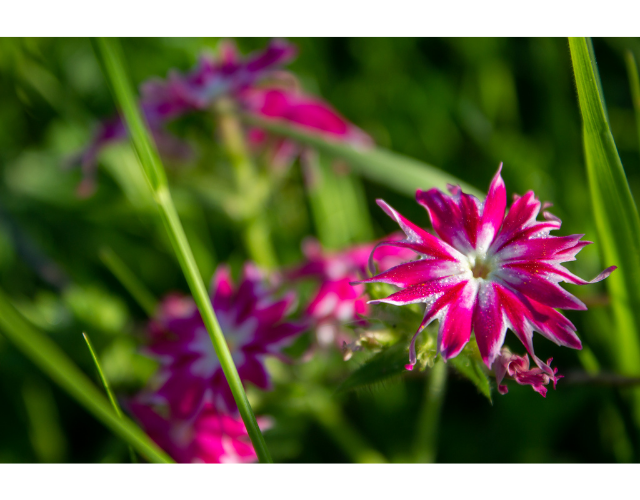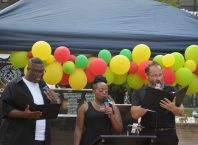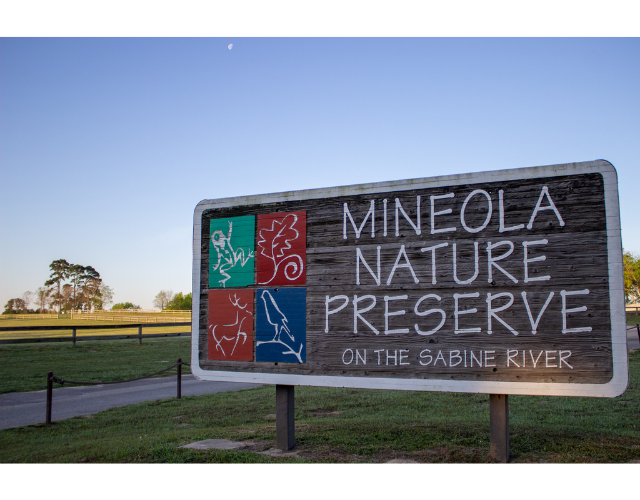
For many East Texans, outdoor activity at places like the Mineola Nature Preserve has remained one of the few safe locations people can enjoy as a family during the pandemic.
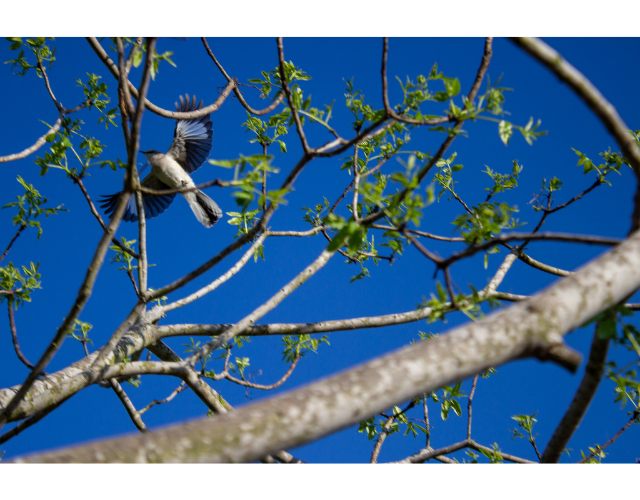
Visitors to the park might even call the nature preserve a little slice of heaven. Angelic fields of white flowers like crow poison, wild garlic and fleabane sway in the breeze as deer and boar saunter by.
Work on the preserve began in 2002 by the City of Mineola. Having originally bought the land in a package deal to expand the city’s wastewater treatment plant, the Mineola Nature Preserve has become more than a diamond in the rough; it’s a full-fledged gem.
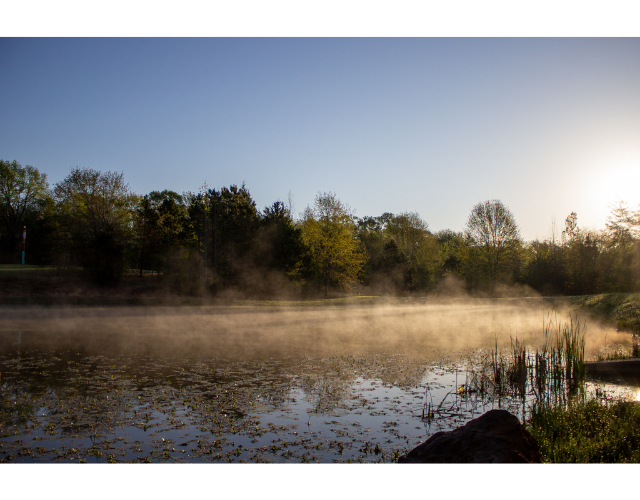
Bustling with equestrian trails, primitive campgrounds and a disc golf course, the preserve has become a boon to the area. Like many small town projects, it is run mostly by volunteers, and funding may be spread thin at times.
Even still, the accolades this park can claim are impressive. The preserve boasts ranking as one of the top 15 city parks for its size, as well as staking its claim as the Bird Watching Capital of East Texas.
In addition to its expansive natural landscape, Mineola Nature Preserve has become a recreation destination. The space is popular for weddings and has even been used for concerts. Visitors can even fish without a permit due to its status as a city park. Without doubt, the preserve has firmly planted a future for East Texas with room to flourish.
It comes as no surprise then, that many community members were outraged after Bell Concrete, Inc. filed a permit in January 2021 to operate a 24/7 concrete batch plant at the intersection of Loop 564 and CR 2724, directly in front of the park.
As northeast Texas expands, so has the demand for concrete. Flint, Texas residents may remember February of 2020, when a similar community response arose towards a concrete mix plant being built near a residential area. The new plant was an all too common occurrence for under funded, smaller municipalities who have no need for annexation. Texas Hill Country residents who live near similar concrete batch plants complained of runoff into streams and an absence of wildlife. Meanwhile, neighborhoods in Houston suffer from air pollution near schools.
Assuredly, not all concrete plants are the same. Bell Concrete has stated that they will follow the laws set by the Texas Commission on Environmental Quality, and on March 17th of this year, The Wood County Economic Development Commission was working with Bell Concrete to find a more amicable location. But overwhelmingly, the research suggests that batch concrete plants are the third largest industrial polluters in the United States.
Beyond the state’s current environmental protections, legislation addressing these concerns reached the Texas Legislature by way of House Bill 56. The bill would regulate concrete plants to be placed farther away from residencies and public works.
The bill was referred to the House Environmental Regulation Committee in February 2021 and no further action has been taken. This proposed legislation would have barred construction of the concrete plant so close to Mineola Nature Preserve.

Meanwhile, locals concerned about the future of Mineola Nature Preserve decided it was time to take matters in their own hands.

Joe Moore is a member of Preserve Mineola, a grassroots organization trying to defend their communities’ livelihood. A Tyler Junior College and Stephen F. Austin University alum with a career history in municipal government, Moore makes one thing abundantly clear: No one wants to be enemies.

Moore is quick to note that there are several concrete batch plants in the northern part of Mineola. Bell Concrete’s new facility would create 20 or more jobs, which would all pay well above minimum wage — a huge boon for the town.
The issue however, is the location.
“Telling people to make a right at the concrete plant to get to the nature preserve just doesn’t seem right,” said Moore. Situated on a hill, the current spot for the concrete plant is mainly pasture, but bogs and natural springs dot the area. The area is an important watershed upstream of the Sabine River.
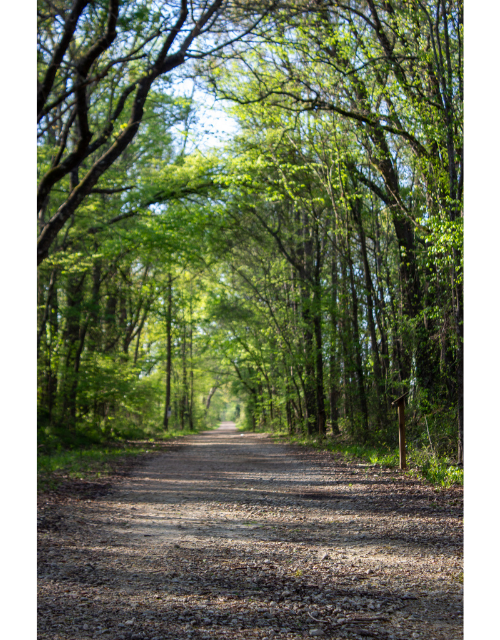
According to Preserve Mineola, the park itself is just under 3,000 acres, but the connecting areas of adjacent wilderness is around 9,000 acres.
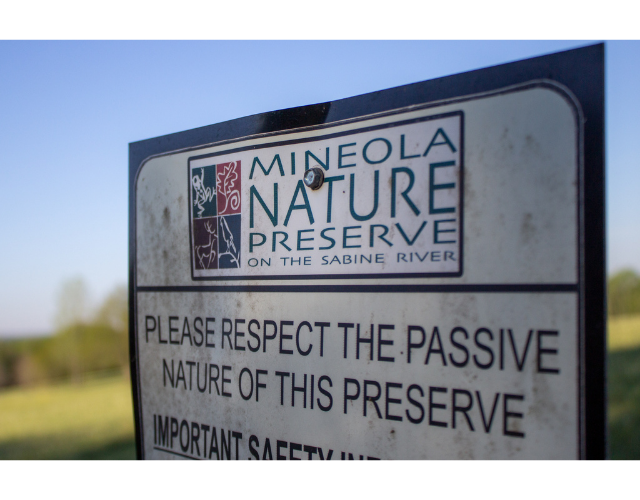
With the plant being online all day and night, members of Preserve Mineola have concerns that industrial traffic, particulate run-off, and air pollution will cause issues for both the preserve and local businesses. They argue that industrialization almost always leads to more industrialization, and businesses relying on natural areas — cattle farmers, vintners and tourist locations — could potentially suffer economic losses. If the plan is finalized and the concrete plant is built, locals fear the damage the plant could create.
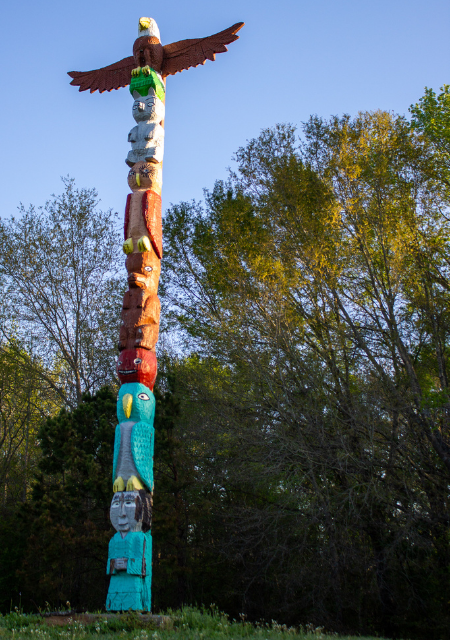
Faced with overwhelming odds this weekend, East Texans did what East Texans do, and never gave up. The permit was set to be finalized April 4th, 2021, but through its grass-roots efforts, Preserve Mineola was able to raise hundreds of dollars, and gathered enough comments on the TCEQ website to get a public meeting scheduled for Tuesday, May 4th.
Any member of the public may participate in the upcoming online video conference. The meeting will include an informal hearing followed by a second formal comment period, in which citizens’ concerns will be given a written response. With video conference software, citizens will be able to participate over the phone.
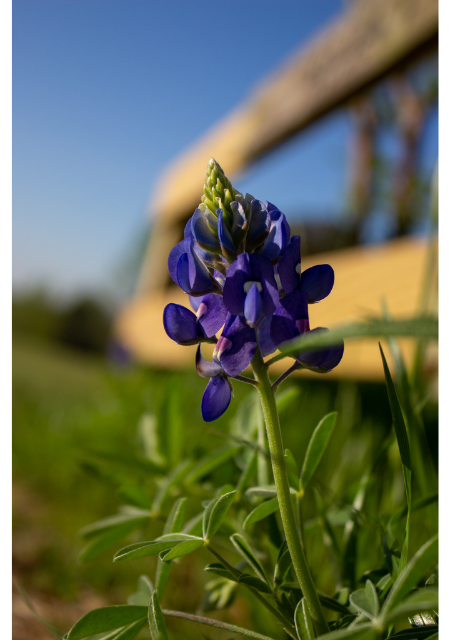
Meanwhile, community members with concerns are still urged to leave comments on their website, as these will be looked at when deciding the case.
To leave a comment, click on this link and enter in the permit number: 164044
Regardless of outcome, East Texas continues to grow, and more concrete batch plants will spring up. While many will be in remote industrialized areas, as long as unzoned Texas land is up for grabs, it may be your neighborhood taking up the next fight.
Govinda Dass is a Tyler native and University of Texas at Austin graduate. You can read about the house “in the woods” of northwest Tyler where he was born, raised, and still lives in the April 2019 Out of the Loop storytelling transcript: “Holding on to Tyler’s Green Spaces.” Last summer, he launched a new community-driven organization called Ark Habitat Restoration to mobilize Tyler residents to plant and harvest native seeds.
Zachary Correa is a photographer from Dallas, Texas, now living in Winona. He considers himself a humanist and naturalist, inspired by John Goodall and Dylan Thomas. Correa appreciates his loving family and his two furry companions, Walker and Molly.
Thanks for reading this story. Just one more thing. If you believe in the power of local journalism here in Tyler, I'm hoping that you'll help us take The Loop to the next level.
Our readers have told us what they want to better understand about this place we all call home, from Tyler's north-south divide to our city's changing demographics. Power, leadership, and who gets a seat at the table. How Tyler is growing and changing, and how we can all help it improve. Local arts, culture, entertainment, and food.
We can't do this alone. If you believe in a more informed, more connected, more engaged Tyler, help us tell the stories that need to be told in our community. Get free access to select Loop events, behind-the-scenes updates about the impact and goals of our work, and, above all, a chance to play a part in bringing more fresh, in-depth, unexpected journalism to Tyler.



